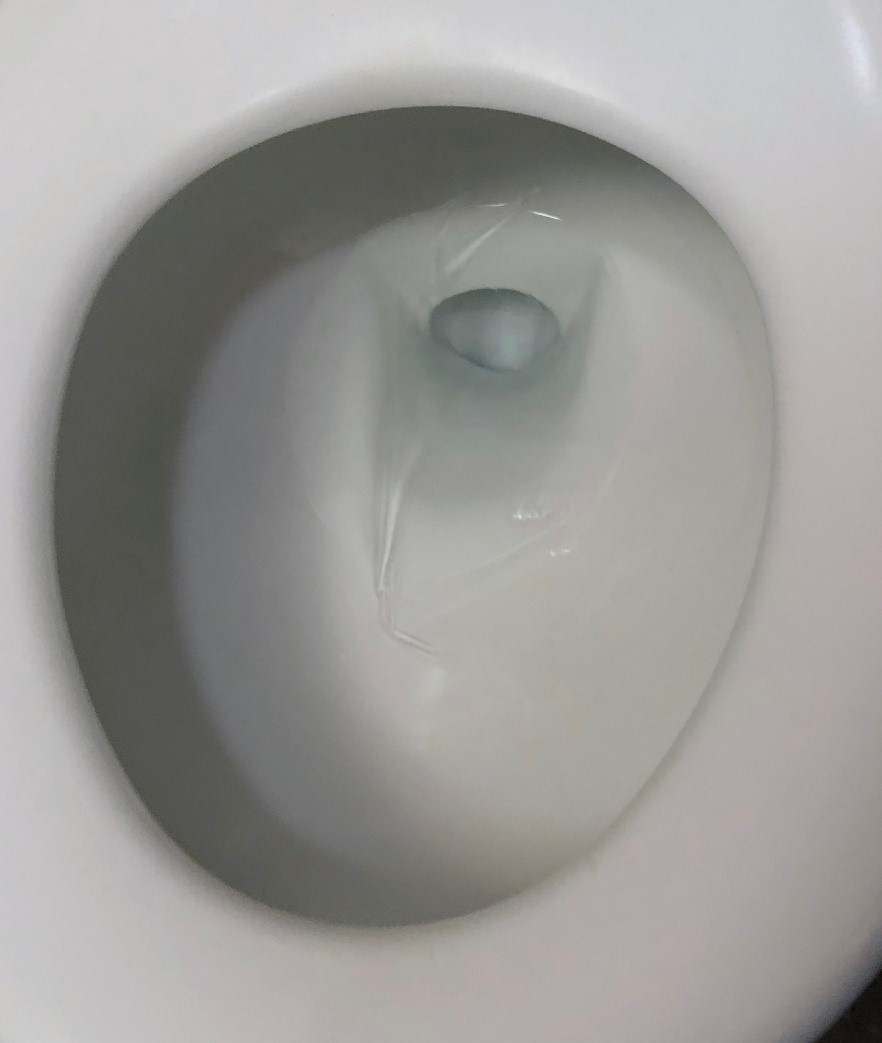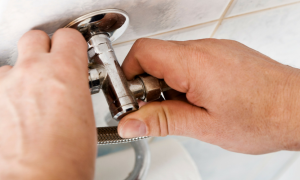Every winter, homeowners fear the cold weather and the plumbing expenses that can come with the frigid temperatures. You can see the concern with the seasonal Google search spikes for the term “frozen pipe.”

Over the Martin Luther King, Jr. Weekend, the temps dipped to single digits in New Jersey. My family and I were away skiing in Vermont for the long weekend when the steam boiler in our home ran low on water and automatically turned off. With the heating system offline, the temperature in my house plummeted. The thermostat claimed 34 degrees, but the temperatures in the bathroom dipped into the mid-20s. The bathroom was so cold, ice had formed in the toilet. My superstitious children throw ice into the toilet when trying for a snow day, but unfortunately, I couldn’t blame them for this. Most of the walls of our 100-year-old house had no insulation until this past fall when we had blown-in insulation installed to improve efficiency. But even with the best insulation, a working heating system is critical.

Once I realized the issue and added water to the heating system, I quickly turned the thermostat way up and turned off the main water line to the house. I was fearing the worst—imagining that the entire house would have serious water damage and need to be replumbed.
We survived two days without water, and luckily, with the heat cranked up to 80 degrees, the ice blockage melted. We cautiously turned the main water line back on and suddenly water started spraying all over the attached garage and the floor of a recently-renovated bathroom. So, off the water went again, and we began the process of locating the burst pipe.
A few cuts into the ceiling in the bathroom didn’t yield any clues because the insulation was dry. Next, we cut into the garage ceiling and found a copper pipe split with a 1” gash. It took just a couple of quick rotations of the pipe cutter to remove the broken portion. Finally, I slipped a SharkBite valve onto the end of the pipe. These couplers are amazing and super-easy—they don’t require any solder or sweating. You simply slide the valve right onto the pipe to create a water-tight seal. With the new valve installed, we were ready to turn the water back on. Thankfully, the repair held and we didn’t have any other ruptures in the water lines.
Some tips to help you avoid frozen pipes.
- Make sure to service your heating system annually.
- Keep the proper level of water in the system, especially if you are going to be away. One option to consider is an auto-filler on your steam boiler.
- If you have pipes that run adjacent to exterior walls, set the temperature on your thermostat a bit higher than normal during a cold snap. A few more dollars to the utility company is still cheaper than a burst pipe.
- Turn on the bathroom heater fan if you have one.
- Open lower cabinet doors in kitchens and bathrooms to allow warm airflow to the pipes behind them.
- Let a small flow of water drip from faucets if the temperatures are going to be below freezing.
- Insulate around any pipes and block any airflow from the cold exterior.
- If the toilet fill supply line is on an exterior wall, you can place a string under the flapper so that the tank fills slowly with water to keep ice from forming.
- Monitor the temperature in your house if you are away with a smart thermostat like Nest.
- Keep SharkBite valves or end stop caps on hand in case of emergencies.
One final bit of extremely important advice: everyone in your home should be able to locate and turn off the main water supply. We have large, very visible yellow tags on all of the valves in our utility room so that if we have a problem, a family member, neighbor or friend would be able to locate the shut-off valve and turn off the water or gas quickly in an emergency.
Even with another polar vortex or two in the forecast, we’re hoping we won’t have to worry about another frozen pipe any time soon.






